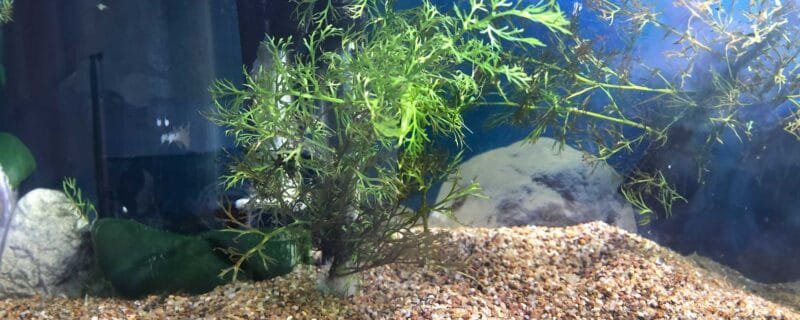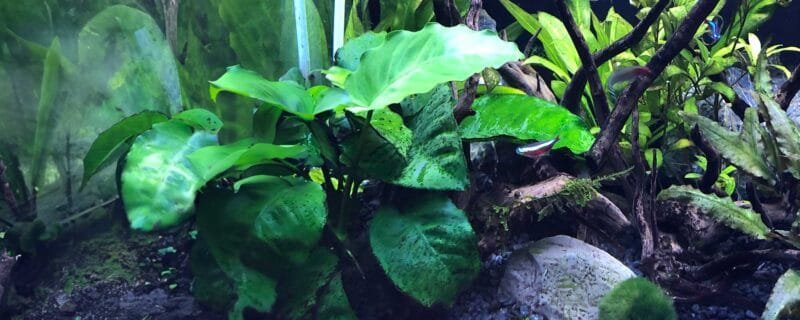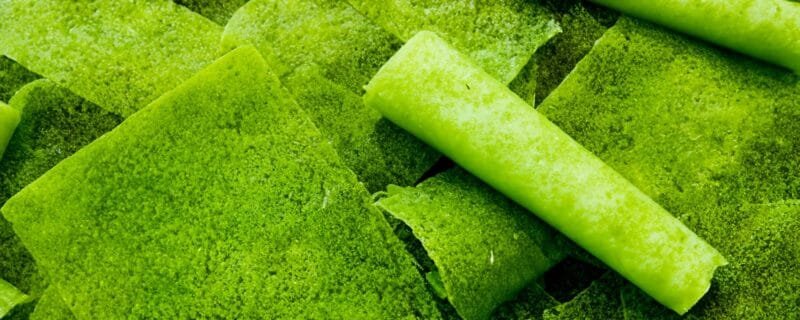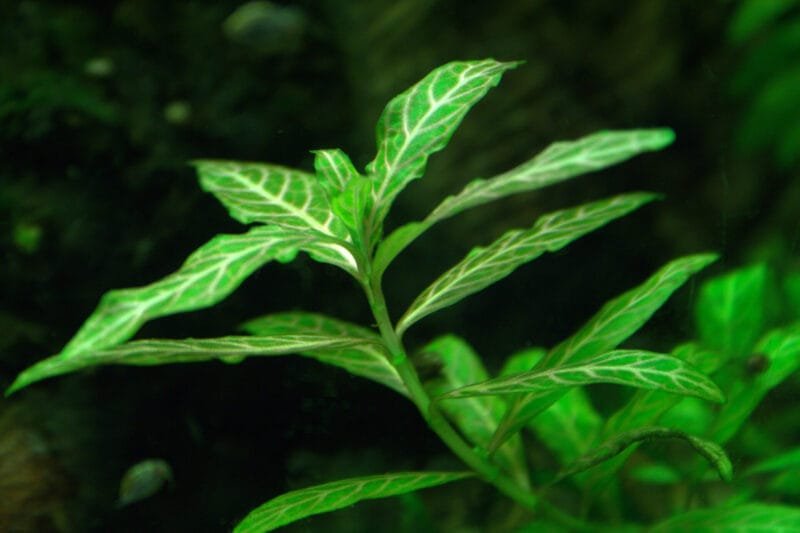Rocks are more than just decorative elements in an aquarium; they also play a crucial role in shaping your aquatic environment. Choosing the right type of rocks can enhance both the aesthetics and the water chemistry of your aquarium. In this blog post, we’ll explore various types of rocks suitable for aquariums, their origins, properties, and the effects they can have on the water.
Lava Rock (Pumice)
Origin: Lava rock, also known as pumice, originates from volcanic eruptions. It’s widely available in various forms, making it a popular choice for aquarium enthusiasts.
Properties: Lava rock is porous and lightweight, providing ample surface area for beneficial bacteria to colonize. Its porous nature also makes it an excellent choice for use in biological filtration systems.
Water Effect: Lava rock typically has a neutral to slightly alkaline pH, which may slightly raise the pH of your aquarium water. It does not significantly impact water hardness.
Slate
Origin: Slate is a fine-grained rock that forms from shale. It is often quarried for its use in aquariums and hardscape designs.
Properties: Slate is known for its flat, layered appearance, making it perfect for creating caves, ledges, and other interesting underwater formations. It is safe for aquarium use, provided it is free from any contaminants.
Water Effect: Slate is inert, meaning it has little to no effect on water chemistry. It won’t alter pH or water hardness.
Dragon Stone (Ohko Stone)
Origin: Dragon stone, also called Ohko stone, comes from various regions in Asia, including Japan. It is known for its intricate, dragon-like appearance.
Properties: Dragon stone is renowned for its unique textures, nooks, and crannies, making it an excellent choice for aquascaping. Its rugged surface provides hiding spots and opportunities for attaching plants.
Water Effect: Dragon stone is inert and has a minimal impact on water chemistry, making it suitable for a wide range of aquarium setups.
Seiryu Stone
Origin: Seiryu stone is a type of limestone found in Japan. It is distinguished by its blue-gray color and intricate patterns.
Properties: Seiryu stone is prized for its dramatic appearance, with layers and veins that create a captivating visual effect. It’s often used in aquascaping to create stunning underwater landscapes.
Water Effect: Seiryu stone can increase water hardness and raise the pH, making it more suitable for setups that require harder water conditions, such as those for certain species of cichlids.
Texas Holey Rock
Origin: Texas Holey Rock, also known as Honeycomb Limestone, comes from Texas, USA. It’s famous for its distinctive, honeycomb-like appearance.
Properties: This rock provides interesting cave formations, shelter, and spawning sites for fish. Its porous structure encourages beneficial bacterial growth.
Water Effect: Texas Holey Rock can raise the pH and hardness of your aquarium water, making it suitable for setups with alkaline water requirements.
Malaysian Driftwood
Origin: Malaysian driftwood is not a rock but a popular choice for aquarists looking to add natural elements to their tanks. It originates from Malaysia and other regions.
Properties: This driftwood is known for its intricate shapes and dark coloration. It can be used to create stunning underwater landscapes and provides hiding spots for fish.
Water Effect: Malaysian driftwood can slightly lower pH and soften water due to the release of tannins. It is especially suitable for aquariums with soft water-loving species like Amazonian fish.
Conclusion
When selecting rocks for your aquarium, it’s essential to consider the specific needs of your fish and plants. Ensure that the chosen rocks are thoroughly cleaned, free from contaminants, and safe for your aquatic environment. By selecting the right rocks, you can create a visually appealing and harmonious aquatic world while maintaining stable water conditions for your aquarium’s inhabitants.







